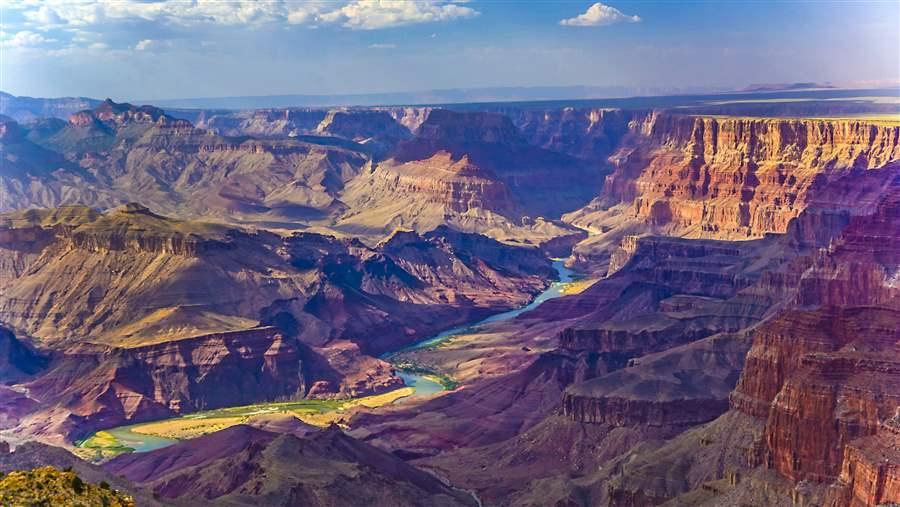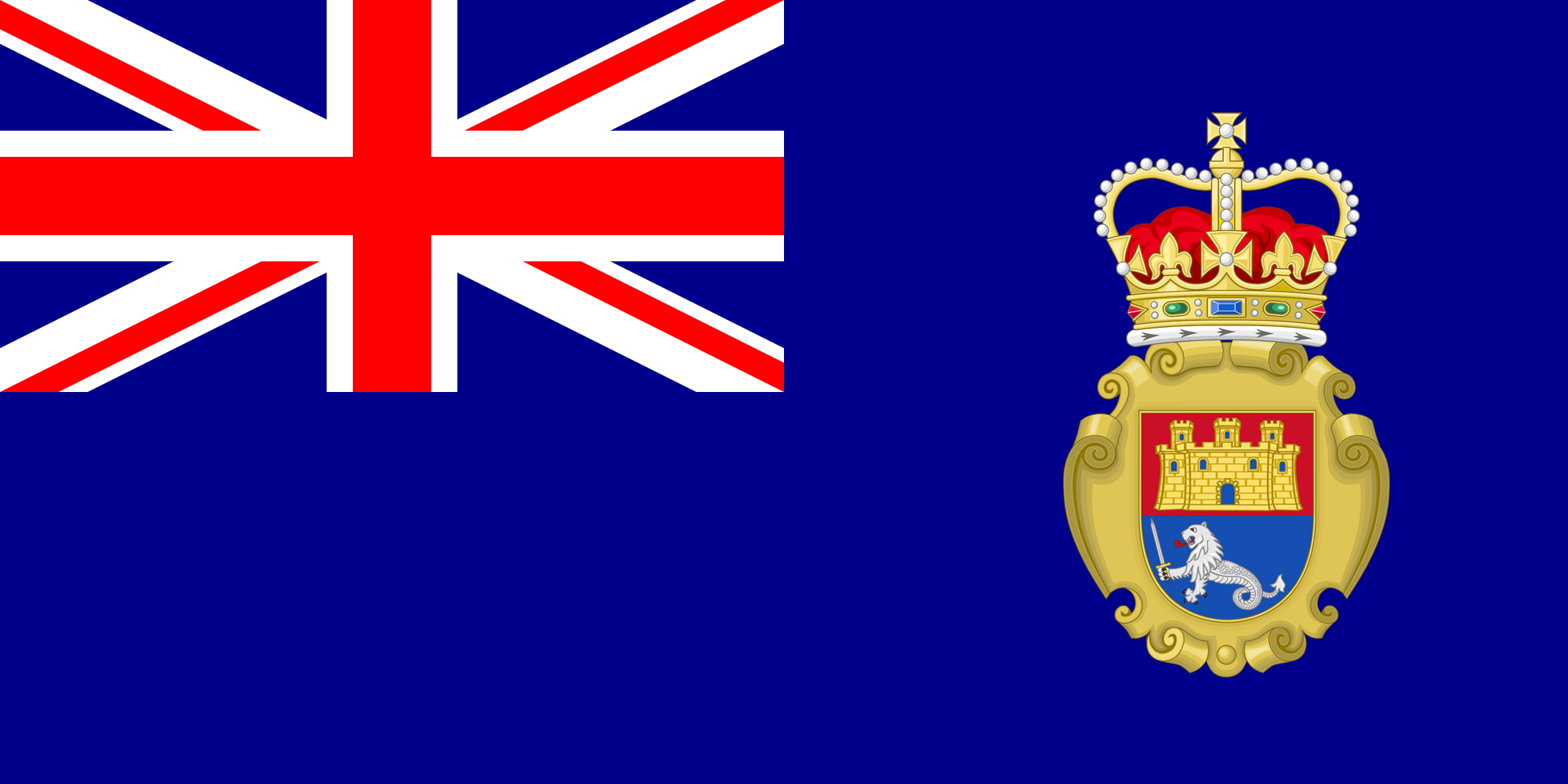Yeah, Britain's gonna win handily in North America and India (huge population and industrial advantage in North America and the lion's share of India), but Europe (the most important theater) and South America are pure toss-ups IMO.I voted that the Alliance would win every theater except South America, so that there would at least be something to negotiate over at the peace conference instead of one side just taking a complete bath
You are using an out of date browser. It may not display this or other websites correctly.
You should upgrade or use an alternative browser.
You should upgrade or use an alternative browser.
English Canada/French Carolina: A Timeline
- Thread starter Gabingston
- Start date
Threadmarks
View all 189 threadmarks
Reader mode
Reader mode
Recent threadmarks
More Possible Revisions Part 149: The Windy City Even More Revisions, Plus A New Announcement Part 150: The World As Of 1970 World Map As Of 1970 Part 151: America Revisited - The Thirteen Colonies Part 152: America Revisited - The Great Lakes Part 152: America Revisited - The Great PlainsThe Alliance (Britain's side) has a decisive lead in my polls in every theater EXCEPT Europe, A.K.A. the most important theater and the one that will have the biggest affect on the eventual peace treaty.I love the idea of the British winning in North America, while losing in Europe.
Just so you guys know, Guyana is still Dutch ITTL (Britain seized it in the Napoleonic Wars IOTL), the only British colony in South America is Patagonia.
Update from later on:The Alliance (Britain's side) has a decisive lead in my polls in every theater EXCEPT Europe, A.K.A. the most important theater and the one that will have the biggest affect on the eventual peace treaty.
- The Alliance has a heavy lead in The Americas and a slight lead in Europe, but India is a toss-up.
So, here's the war voting now:
- The Alliance is pretty much guaranteed to win in both of the American theaters, while it has a slight lead in Europe.
- France leads in India, which is surprising considering that the best parts of India were taken by the British.
Percentage of the population enslaved in La Floride as of 1865.
- Maroon = Over 75%
- Red = 50-75%
- Orange = 25-50%
- Yellow = 10-25%
- Tan = Under 10%
- Total Percentage: 30%
- France leads in India, which is surprising considering that the best parts of India were taken by the British.
Maybe you can explain this as a combination of bad leadership and worse luck? Maybe the British just totally drop the ball in India.
Region by region seems the best in my opinionShould I cover the peace terms region by region or all at once?
Part 51: The Global War Part 2: North America
Part 51: The Global War Part 2: North America
The conflict that had started on the border of Poland and Russia in the Summer of 1866 had spread worldwide by the Summer of 1867, and North America was no exception. Tensions between the British to the north and the Spanish/French to the south had been building for decades. Anglo-Americans had ambitions to expand into French claimed territory for decades, and the British viewed the San Francisco Bay (part of Spanish California) as one of the key ports on the Pacific, and with a far larger population and industrial base than the Spanish and French put together, they had the muscle to pull it off.
Late in 1866, France (and thus their Bourbon allies of Spain and Naples) officially intervened on the side of Russia in the growing war. Britain, weary of the growing power of the French navy, officially joined on the side of Poland and Austria, dragging their colonies into the war alongside them. The Commonwealth Army, led by generals Hiram Grant and Edward Lee (yeah, screw the butterfly effect) had the simple strategy of overwhelming the French and Spanish with sheer manpower and industrial might, while the French and Spanish had to rely on the home field advantage they would inevitably have when the Anglos crossed into their territory.
The Anglos quickly went about establishing control over the Upper Mississippi River, thus severing much of the connection between the eastern and western regions of French Florida. French forts west of the Mississippi were quickly seized, and the British Army quickly advanced down the Great Valley, this time capturing Rocheville, the town at which they were stopped in the Seven Years’ War just over a century prior. Along the Atlantic Coast, the Brits advanced through the region of Neusequia (Eastern North Carolina), getting closer to Richelieu, the economic center of Florida. The British also had one more secret weapon: slaves.
With almost 1/3rd of the Floridian population being enslaved, and the slave population being over 75% in some regions, the British saw a massive opportunity to not only frame the war as an anti-slavery crusade, but to also recruit Floridian slaves to take up arms against their oppressors. Whenever the British American Army came upon a slave plantation, they would liberate the slaves and then offer to train them to become soldiers for the British Army, promising abolition for all Floridian slaves if the war was won. It is estimated that around 50,000 Afro-Floridian slaves joined the Commonwealth Army, along with over 100,000 African-Americans, who’s gradual emancipation was nearly complete (and would be fully complete by the end of the war, as the Commonwealth promised full abolition after the war was complete).
Now, we move west to the war between the Commonwealth of America and New Spain. As I mentioned, the British wanted to acquire the San Francisco Bay, the largest natural harbor on the Pacific Coast. Rumors of vast natural resources in California had already spread through the Commonwealth, and California was only lightly settled by the Spanish, especially in Northern California. Anglo settlers (many of them Smithians, a new breakaway religious sect) had already illegally settled in Spanish-claimed territories, such as around the Great Salt Lake, who the Spanish were annoyed by, but didn’t take much action due to the distance from their northern base in San Diego.
Now, the British and Spanish were at war. As mentioned just a few sentences before, the distance between the heartlands of the British and Spanish empires in North America was massive, as was the distance between the British and Spanish bases on the West Coast (the distance from Fort Vancouver to San Diego is 940 miles as the crow flies, or greater than the distance from Amsterdam to Madrid). However, both the British and Spanish had built transcontinetal railroads, so they were able to ferry troops from their power bases to the frontier. There was another catch, though, that being the terrain. The western third of North America is dominated by seemingly impenetrable mountains and vast, sparse deserts. So, much of the initial conflict was done on the high seas. The British quickly beefed up their West Coast Fleet (thus leading to an economic and population boom in major shipbuilding cities), planning to transport troops down the coast in order to invade the Central Valley of California by sea rather than cross the rough terrain between Oregon and Northern California. British troops landed at the north end of the San Francisco Peninsula (near OTL’s Golden Gate Bridge), siezing the city of San Francisco and gaining control over the bay, then turning south to seize the historical (but not current) capital of Monterrey. The fertile (and mostly unsettled) Central Valley was also seized by the British, which would eventually become a breadbasket for the west coast. Further inland, the British moved south along the Front Range of the Rockies to capture Santa Fe. By 1872, La Floride had been completely subdued, as New Orleans and Richelieu had both been conquered and Villeroyale was close to falling, and the Brits had naval dominance in both the Atlantic and Pacific, so the Spanish and French both threw up the white flag and sued for peace.
North America: Alliance Victory.
Also, the British seized The Philippines, Puerto Rico, Hispaniola (both the French and Spanish portions) and Cuba during the war.
Treaty of Saint Louis
Treaty of Saint Louis
- Britain will acquire all French holdings north of the Acansa River and west of the Mississippi River.
- Britain will acquire all Spanish holdings west of the Continental Divide and north of the 37th Parallel, as well as the island of Puerto Rico.
- France will begin the process of abolishing slavery in the colony of La Floride, all children born to slaves from this day forward are to be free, all that that are currently children are to be emancipated at age 21, and all slaves above that age are to be freed at the age of 50.
- Britain is to acquire the islands of The Philippines, as well as other Spanish possessions in the Pacific.
Last edited:
One more thing, Britain captured New Archangel (Sitka) during the war, so Alaska is now British.Treaty of Saint Louis
- Britain will acquire all French holdings north of the Acansa River and west of the Mississippi River.
- Britain will acquire all Spanish holdings west of the Continental Divide and north of the 37th Parallel, as well as the island of Puerto Rico.
- France will begin the process of abolishing slavery in the colony of La Floride, all children born to slaves from this day forward are to be free, all that that are currently children are to be emancipated at age 21, and all slaves above that age are to be freed at the age of 50.
- Britain is to acquire the islands of The Philippines, as well as other Spanish possessions in the Pacific.
Here's my basic idea for South America:
Portugal/Brazil acquires Uruguay and Mesopotamia, French Guiana and some lightly settled territory in the Amazon.
Britain acquires more of the Southern Cone, possibly as far up as the Salado River, as well as more of OTL Chile, probably up to the Bio Bio River. Either way, Britain wants some farmland for it's Patagonian colony (most of it is bone-dry desert).
Portugal/Brazil acquires Uruguay and Mesopotamia, French Guiana and some lightly settled territory in the Amazon.
Britain acquires more of the Southern Cone, possibly as far up as the Salado River, as well as more of OTL Chile, probably up to the Bio Bio River. Either way, Britain wants some farmland for it's Patagonian colony (most of it is bone-dry desert).
Last edited:
Threadmarks
View all 189 threadmarks
Reader mode
Reader mode
Recent threadmarks
More Possible Revisions Part 149: The Windy City Even More Revisions, Plus A New Announcement Part 150: The World As Of 1970 World Map As Of 1970 Part 151: America Revisited - The Thirteen Colonies Part 152: America Revisited - The Great Lakes Part 152: America Revisited - The Great Plains
Share:




